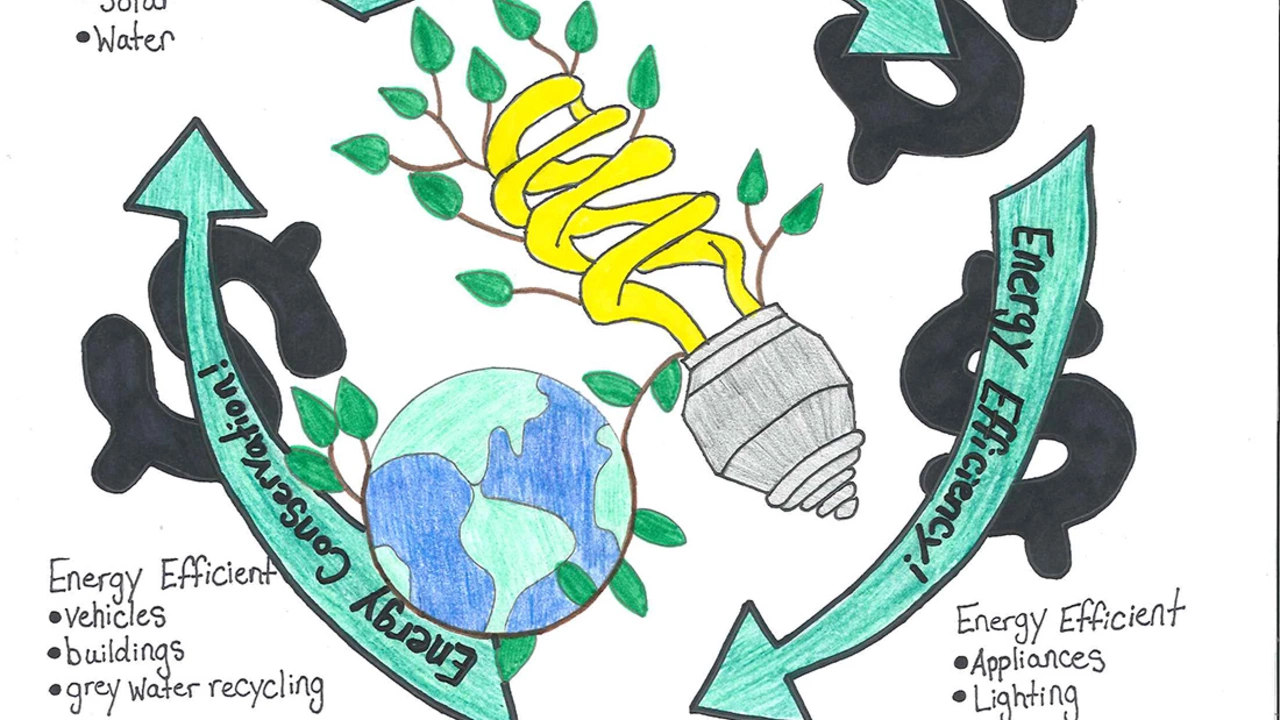Health & Fitness: Find the Most Energy Efficient Swim Stroke
Ever wonder why some swimmers seem to glide through the water while others get tired quickly? It often comes down to the stroke they use. Choosing the right stroke can shave off fatigue, let you cover more ground, and still keep your heart rate in a healthy zone. Below we break down the basics of swimming efficiently and why freestyle usually wins the energy‑saving race.
Why Efficiency Matters in Your Workouts
When you’re training for fitness, the goal isn’t just to burn calories—it’s to do it smartly. An energy‑efficient stroke means you can swim longer sessions, boost endurance, and avoid over‑exertion. That translates to better cardiovascular health, stronger muscles, and less risk of injury. Plus, if you’re training for a race, conserving energy early on can be the difference between a strong finish and a quick drop‑off.
Freestyle: The Energy‑Saving Champion
Freestyle, also called front crawl, consistently tops the list for energy efficiency. Here’s why:
- Streamlined body position: Your face stays in the water, reducing drag and letting you slice through with minimal resistance.
- Continuous propulsion: One arm is always pulling while the other recovers, so you never lose forward momentum.
- Rhythmic breathing: Turning your head to the side for breaths keeps the torso stable and uses less energy than lifting the head fully out of the water.
All these factors let you travel farther per stroke, meaning fewer breaths and less fatigue over time. If you’re looking to swim longer distances without feeling wiped out, focus on perfecting your freestyle technique.
Quick tip: Keep your elbows high during the pull phase and kick from the hips, not the knees. Small adjustments like these can boost your glide and cut down on wasted effort.
Other Strokes and When to Use Them
Backstroke, breaststroke, and butterfly each have their place, but they generally demand more energy for the same speed. Backstroke offers a relaxed breathing pattern but adds drag because your body isn’t as streamlined. Breaststroke is great for beginners and provides a natural rest spot, yet it’s the slowest and most energy‑heavy for long distances. Butterfly burns huge calories fast, but it’s tough to sustain without serious training.
If you’re mixing strokes for cross‑training, start with a freestyle base, then add short bursts of other strokes to work different muscle groups. Just remember: for pure efficiency, keep the bulk of your lap time in freestyle.
Practical Steps to Boost Your Efficiency Today
1. Video check: Record a short swim and watch for body roll, head position, and arm entry. Small form tweaks can save big energy.
2. Drill focus: Do “catch‑up” drills to improve arm timing, and “finger‑tip drag” drills to keep a high elbow.
3. Breathing rhythm: Try a 3‑stroke breathing pattern (inhale every three strokes) to balance oxygen intake with relaxed movement.
4. Kick control: Use a light, steady kick rather than a frantic splash. A kick board can help you isolate this.
5. Strength work: Incorporate core and shoulder stability exercises on land – planks, band pull‑aparts, and rotator‑cuff work keep your swim form tight.
Start applying these tips in your next pool session. You’ll notice you can swim farther, feel less exhausted, and see improvements in your overall fitness. Keep tracking your times and how you feel – the numbers will speak for themselves.
Ready to make a splash in your health and fitness routine? Focus on the most energy‑efficient stroke, fine‑tune your technique, and watch your endurance soar.
